Melanoma
non-CME
P41: A Multi-Institution Observational Analysis of the Theory of the Immunization Effect in Patients with Multiple Primary Melanomas
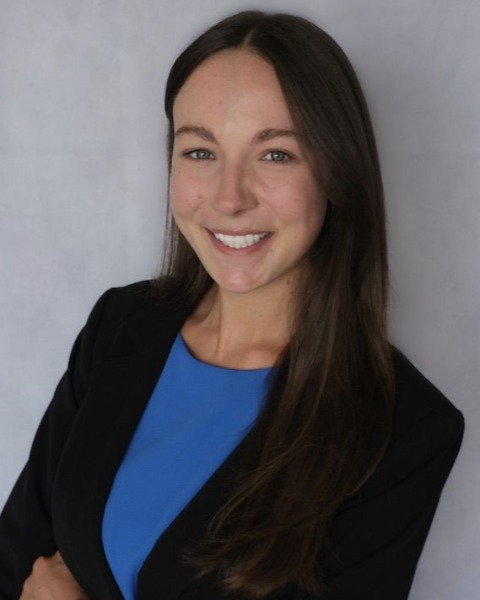
Angela G. Zaladonis, MD (she/her/hers)
Resident Physician
Lankenau Medical Center
Philadelphia, Pennsylvania, United StatesDisclosure information not submitted.

Angela G. Zaladonis, MD (she/her/hers)
Resident Physician
Lankenau Medical Center
Philadelphia, Pennsylvania, United StatesDisclosure information not submitted.
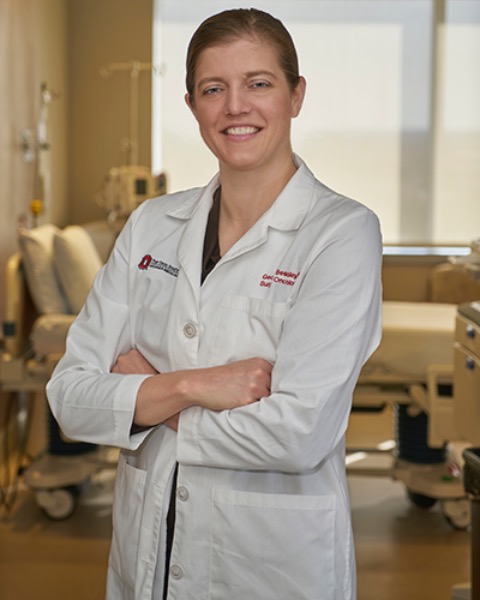
Georgia Beasley, MD, MHSc (she/her/hers)
Associate Professor of Surgery, Associate Professor of Medicine, Co-director Duke Melanoma Program
Duke University
Durham, North Carolina, United StatesDisclosure(s): No financial relationships to disclose
.jpg)
Kristy K. Broman, MD, MPH
Assistant Professor
University of Alabama at Birmingham
Birmingham, Alabama, United StatesDisclosure information not submitted.
- TC
Tanya Correya, BS
Medical Student
University of Alabama at Birmingham School of Medicine, Birmingham, AL, USA, United StatesDisclosure information not submitted.
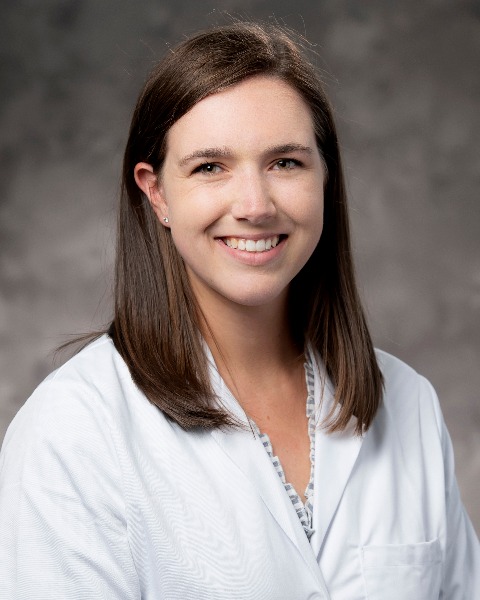
Kristen E. Rhodin, MD
General Surgery Resident
Duke University Medical Center
Durham, North Carolina, United StatesDisclosure(s): No financial relationships to disclose
- JV
Jonathan Vandenberg, MD
Resident Physician
Mayo Clinic in Florida, Department of Surgery, Jacksonville, FL, USA, United StatesDisclosure information not submitted.
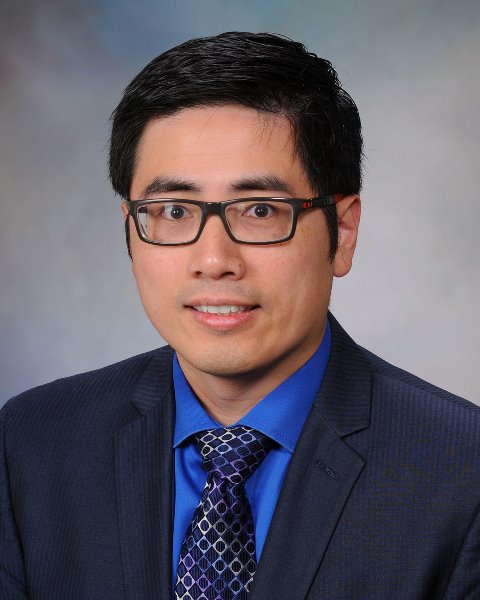
Emmanuel M. Gabriel, MD, PhD
Assistant Professor
Mayo Clinic Florida
Jacksonville, Florida, United StatesDisclosure information not submitted.
.jpg)
Tina J. Hieken, MD
Professor of Surgery
Mayo Clinic
Rochester, Minnesota, United StatesDisclosure information not submitted.
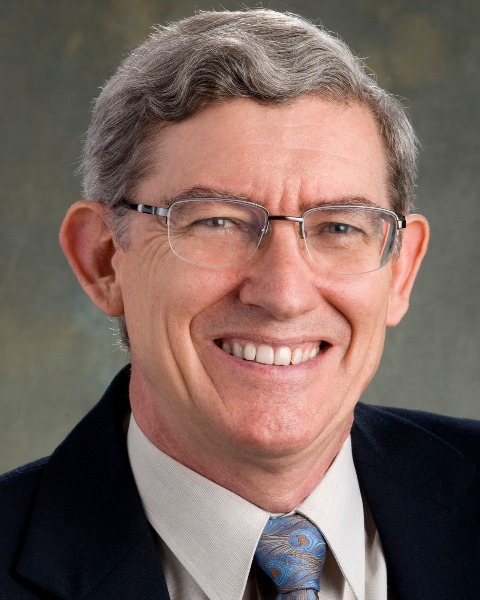
John Thompson, MD
Emeritus Professor Melanoma and Surgical Oncology
Melanoma Institute Australia, The University of Sydney
North Sydney, New South Wales, AustraliaDisclosure information not submitted.
- RS
Richard Scolyer, BMedSci, MBBS, MD, FRCPA, FRCPath, FAHMS
Professor
Melanoma Institute Australia and Faculty of Medicine and Health, The University of Sydney, Tissue Pathology and Diagnostic Oncology, Royal Prince Alfred Hospital and NSW Health Pathology, Sydney,, United StatesDisclosure information not submitted.
.jpg)
Michael C. Lowe, MD, MA, FACS, FSSO
Associate Professor of Surgery
Emory University School of Medicine
Atlanta, Georgia, United StatesDisclosure(s): No financial relationships to disclose
- KB
Kirsten Baecher, MD
Resident Physician
Emory University School of Medicine, Department of Surgery, Atlanta, GA, USA, United StatesDisclosure information not submitted.

Kelly Elleson, MS, MD
Breast Surgical Oncology Fellow
Moffitt Cancer Center
Tampa, Florida, United StatesDisclosure information not submitted.
- DD
Danielle DePalo, MD
Research Fellow
Moffitt Cancer Center, United StatesDisclosure information not submitted.

Jonathan S. Zager, MD
Chief Academic Officer, Director of Regional Therapies, Senior member and Professor of Surgery
H. Lee Moffitt Cancer Center
Tampa, Florida, United StatesDisclosure(s): Castle Biosciences: Advisor (Ongoing), Consultant (Ongoing); Delcath Systems: Advisor (Ongoing), Research Grant (Ongoing); High Flow ILI: Patent Beneficiary (Ongoing); Merck & Co., Inc.: Advisor (Ongoing), Consultant (Ongoing); Philogen: Advisor (Ongoing), Consultant (Ongoing), Research Grant (Ongoing); Provectus Inc: Research Grant (Ongoing); Replimmune: Advisor (Ongoing), Consultant (Ongoing)
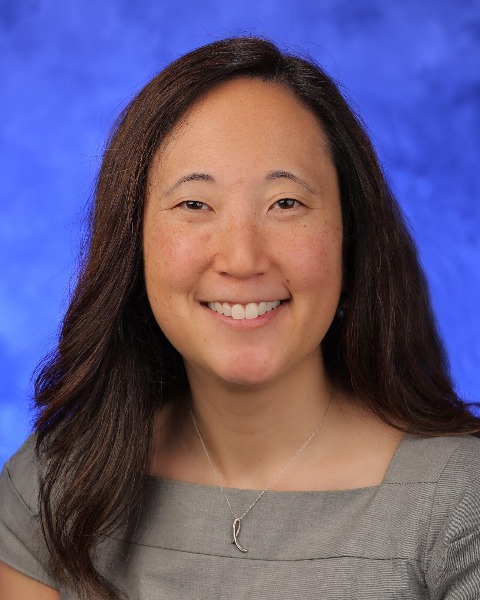
Laura M. Enomoto, MD MSc FACS
Assistant Professor of Surgery
University of Tennessee Medical Center Knoxville
Knoxville, Tennessee, United StatesDisclosure information not submitted.
- AB
Adam Berger, MD
Professor
Rutgers Cancer Institute of New Jersey, United StatesDisclosure information not submitted.
- KR
Karen Ruth, MA
Data Analyst
Fox Chase Cancer Center, United StatesDisclosure information not submitted.
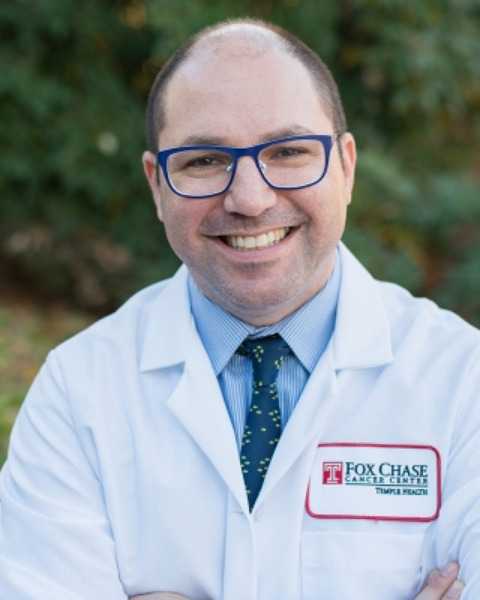
Jeffrey M. Farma, MD
Interim Chair of Surgery, Professor of Surgical Oncology
Fox Chase Cancer Center
Philadelphia, Pennsylvania, United StatesDisclosure information not submitted.
Poster Presenter(s)
Author(s)
Methods: Data were collected via retrospective chart review at each of the 9 enrolled institutions in an IRB approved protocol. Patients with >1 primary melanoma diagnosed >30 days apart between January 2002 and July 2020 were reviewed. Wilcoxon signed-rank, symmetry, and McNemar tests were used.
Results:
Of 2,287 patients included, 67% (n=1532) were male and median age at first diagnosis of M1 was 64 (IQR 54-73).
Breslow thickness (mean/median) was 1.54/0.83 mm for M1 and 1.02/0.45 mm for M2, with mean difference of 0.53 mm. M2 was thinner than M1 in 58% of patients (p < 0.001).
Of those with regression data (n=953), it was present in 57% of M1s and 54% of M2s. Thirty nine percent had regression present on both melanomas, 28% had regression absent on both, 18% had M1 present and M2 absent, and 15% had M1 absent and M2 present (p=0.11).
Of those with TIL data (n=264), in M1, 53%, 38% and 9% of tumors had absent (A), non-brisk (NB), and brisk (B) TIL. In M2, this was 51%, 37% and 12%. Forty percent of TILs were A on both M1 and M2, 35% NB or B on both M1 and M2, 11% A on M1 and NB/B on M2, and 14% A on M1 and NB/B on M2 (p=0.46).
M1 and M2 tumors occurred in the same site in 50% of cases. Ulceration was found in 20% of M1 and 15% of M2. It was more often only in M1 (16%) than M2(16%) (p=0.003). Mitoses were elevated in 29% of M1 and 22% of M2 and was more common in M1 only (20%) than M2 only (13%, p=0.067).
Seven hundred and ninety four patients underwent sentinel lymph node biopsy with M1 and 384 with M2. Nineteen percent of M1 and 17% of M2 were positive. Metastatic disease was found in 16% of M1 and 9% of M2. M2 was found to have lower cStage (p < 0.001) and pStage (p < 0.001) than M1.
Conclusions: In patients with MPM, M1 tends to be thicker and is more likely to be ulcerated, have elevated mitoses, be of higher stage, and to metastasize to sentinel lymph node or distantly than M2; however, increased regression and TIL grade were not demonstrated. This does not provide evidence of an immunization effect between M1 and M2.
Learning Objectives:
- First primary melanomas tend to be more severe than second primary melanomas.
- One primary melanoma may not be sufficient to induce an immunization effect in the second primary melanoma.
- Breslow thickness, tumor infiltrating lymphocytes, and tumor regression may be used as indicators of immune response to melanoma tumors.
